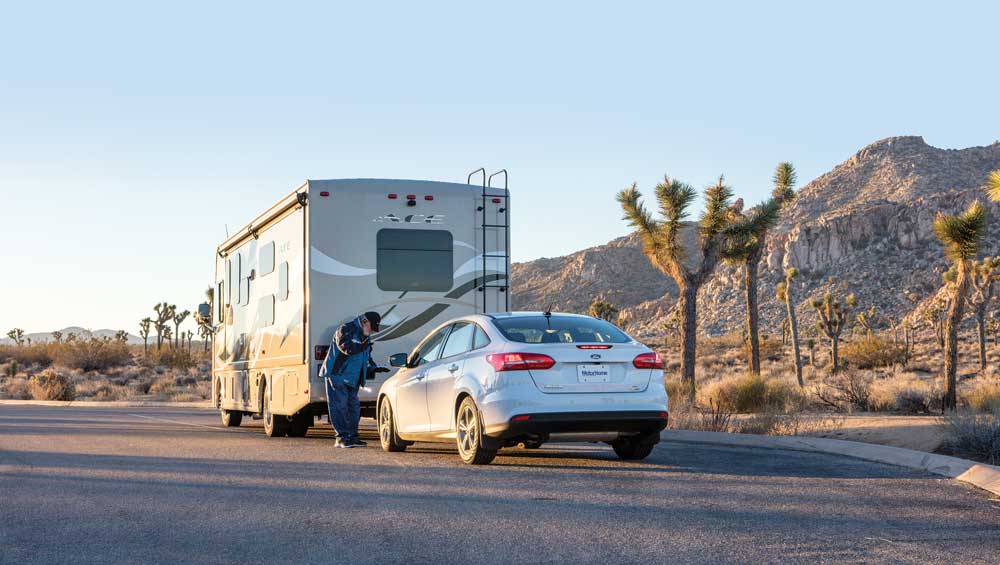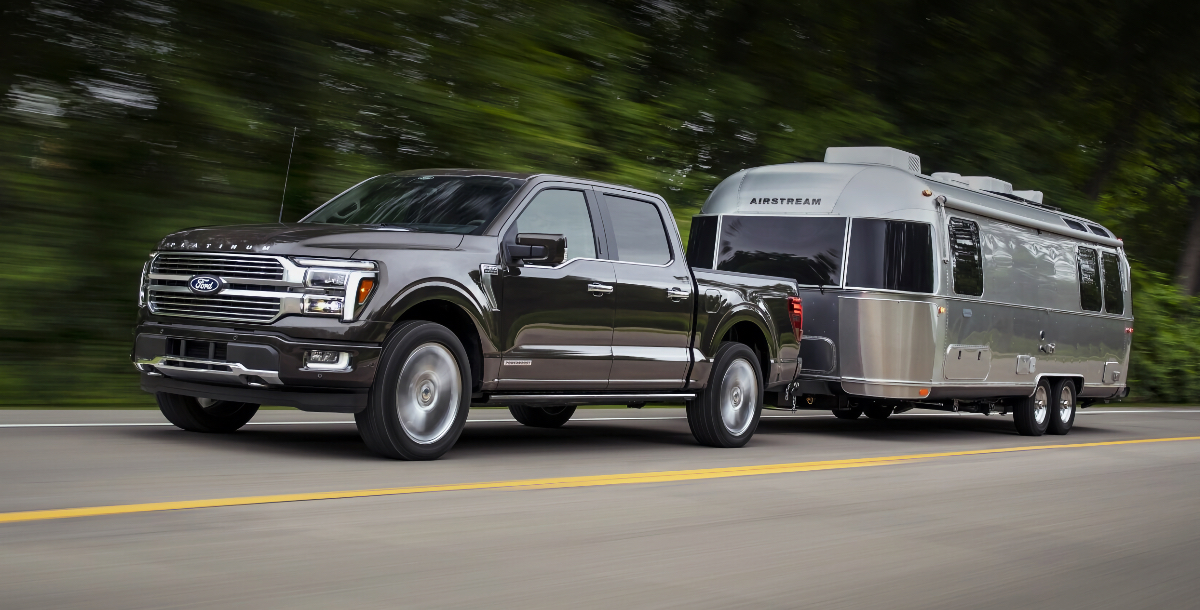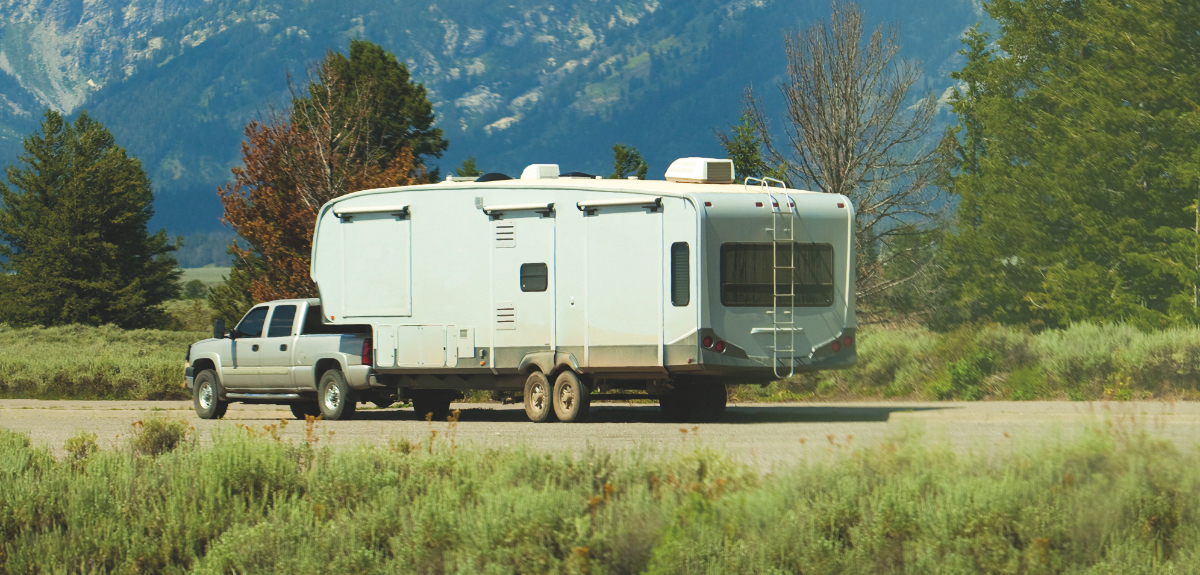How to Tow a Dingy
A guide to the fine art of towing a toad.
Image Caption: Photo Credit: Winnebago
Once you’re settled into a campground—leveled your rig, put out the awning and hooked up with power, water and sewer, extended the steps, covered the windshield and whatever else—the last thing you want to do is break camp. But you just found out you don’t have a key ingredient for dinner and need to go into town. Or you discovered the tourist attraction you want to visit doesn’t allow RV parking.
Some folks find bicycles or lightweight motorcycles sufficient for running errands and local visiting. But a lot of motorhome owners prefer to tow a vehicle along with them, a practice called “dinghy towing.” Millions of travelers do this, availing themselves of the convenience of an extra set of wheels. Some affectionately call the towed vehicle a “toad.”
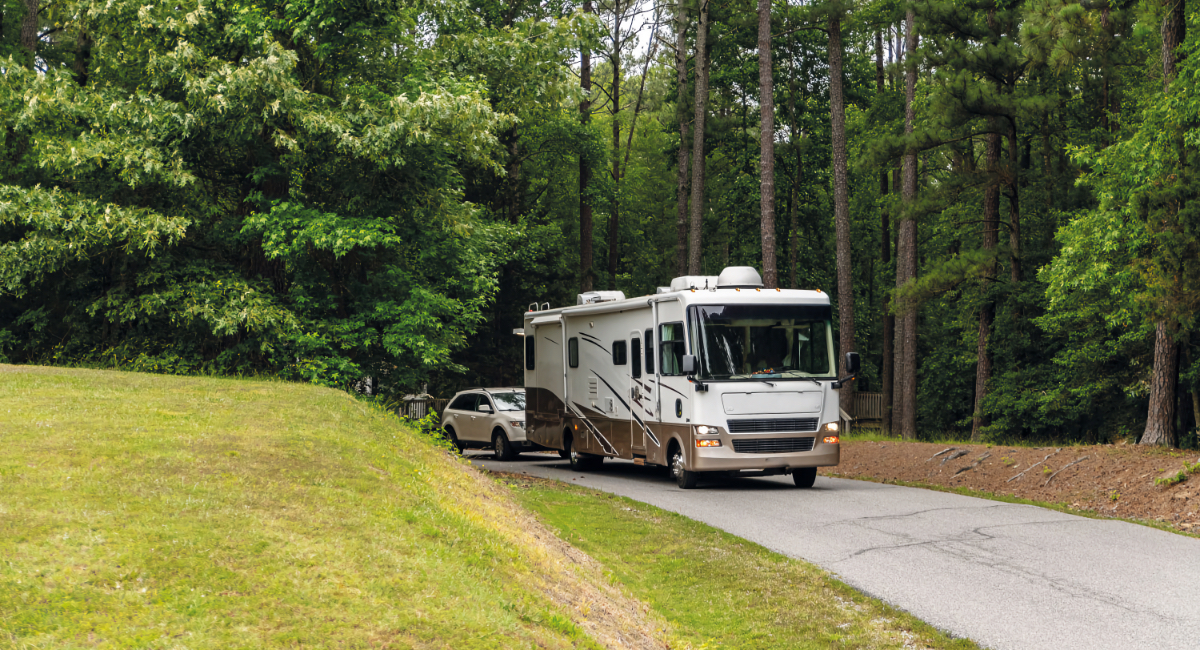
Photo Credit: Getty
Before you run out and impulse-buy a vehicle to tow, whether it’s used or new, it’s essential to determine a few things. First: How much weight is your motorhome rated to tow? You can often find the motorhome’s tow rating in the manufacturer’s specifications (or check with them). If the info is not available, start with the Gross Combination Weight Rating (GCWR). This should be on a label in the door jamb. Subtract the actual weight (fully fueled and loaded RV weight, including water and passengers) from the GCWR. For example, if the GCWR is 25,000 pounds and the actual fully loaded scale weight is 20,000 pounds, you have 5,000 pounds left available for towing. Do a Google search for “truck scales near me” for scale locations.
You will need a hitch. Many motorhomes come with a trailer hitch, which is rated for up to 5,000 pounds. That’s enough for towing most cars, but not sufficient for all pickups and SUVs. Check to ensure that your prospective hitch has sufficient rating for what you will be towing. Look up the manufacturer’s curb weight for an estimate of what your proposed dinghy vehicle may weigh, and add for any cargo.
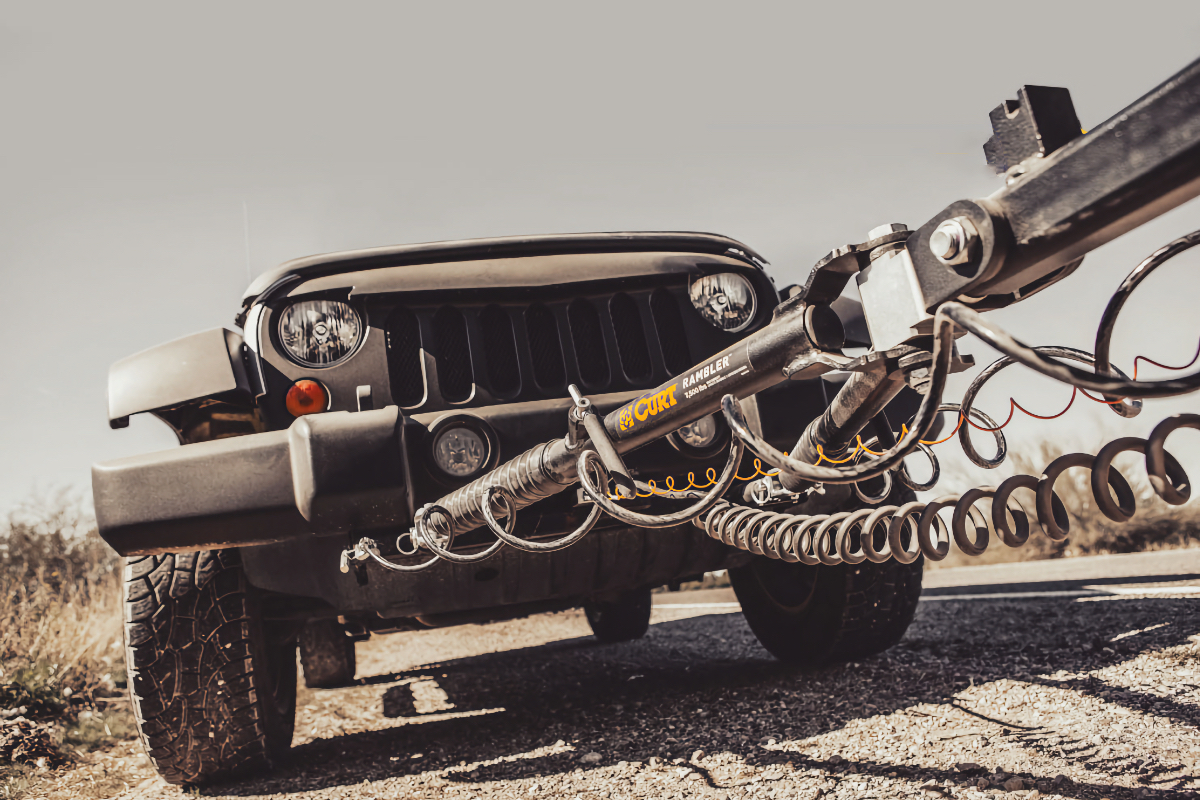
Photo Credit: Curt
Next, is the vehicle you are considering designed and manufacturer-approved to be towed long distances? Many vehicles are not. Towing them can lead to extremely expensive mechanical damage. Read the towing section of your prospective toad’s owner’s manual for instructions on how to tow it.
There are several Dinghy Towing Guides available online, with listings organized by model year. These can be helpful in narrowing down what vehicle to use or to determine if one you already have is towable. These are found at Roadmasterinc.com, CampingWorld.com and others. (Wildsam’s sister website, RV.com, also has an extensive archive of dinghy-related material.)
There are three basic methods for bringing a vehicle along: on a trailer; on a tow dolly; or “flat towing,” with all four wheels on the ground. Most folks prefer flat towing for its simplicity and convenience. But the paradox here is, the majority of vehicles are not flat towable, so be very cautious and make sure of what’s possible. If your towed vehicle has front-wheel drive and is thus not flat towable, you may need a tow dolly. If it is electric, has all-wheel drive or is otherwise not designed to be flat-towed, it may need to be hauled on a trailer.
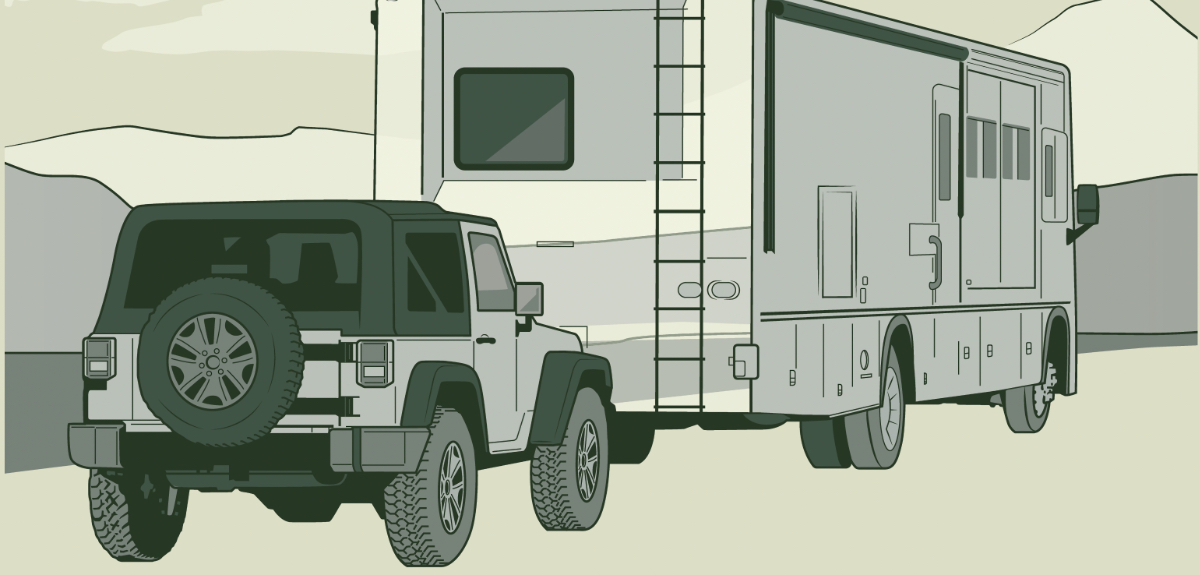
Illustration by Todd Detwiler
In order to flat tow, you’ll need a mount to connect the tow bar to the towed vehicle. These are called baseplates and mount to the front structure of the vehicle, providing a solid place to attach a tow bar. Most baseplates are made by a few companies, including Blue Ox, Roadmaster and Demco. You’ll also need a tow bar, and these are made by the above-mentioned companies as well as NSA RV Products and some others. Make sure the tow bar is rated for the actual loaded weight of your dinghy vehicle, and that it’s compatible with the model baseplate you are using. Many folks prefer the type of tow bar that is left attached to the motorhome when the dinghy vehicle is detached.
Now that you have the basics, in our next issue we will cover the various accessories and widgets that make dinghy towing safer and easier. Stay tuned!
This article originally appeared in Wildsam magazine. For more Wildsam content, sign up for our newsletter.


